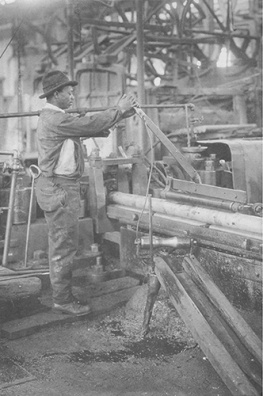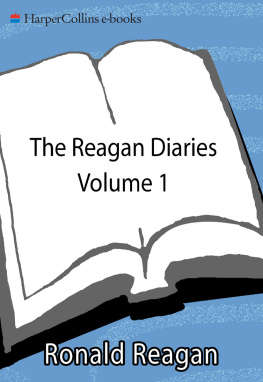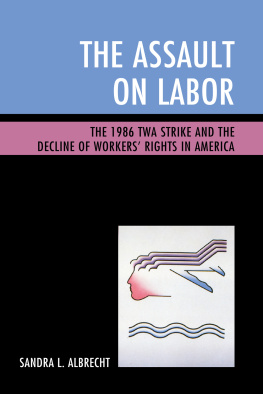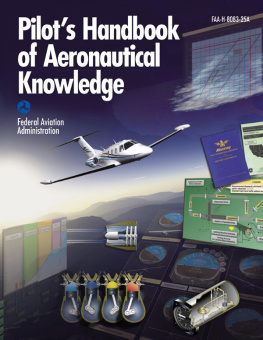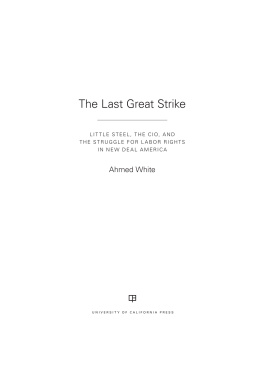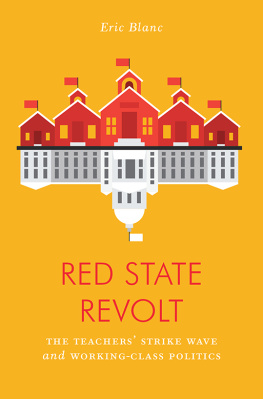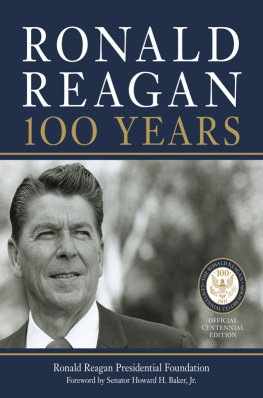Joseph A. McCartin - Collision Course: Ronald Reagan, the Air Traffic Controllers, and the Strike that Changed America
Here you can read online Joseph A. McCartin - Collision Course: Ronald Reagan, the Air Traffic Controllers, and the Strike that Changed America full text of the book (entire story) in english for free. Download pdf and epub, get meaning, cover and reviews about this ebook. year: 2011, publisher: Oxford University Press, USA, genre: Politics. Description of the work, (preface) as well as reviews are available. Best literature library LitArk.com created for fans of good reading and offers a wide selection of genres:
Romance novel
Science fiction
Adventure
Detective
Science
History
Home and family
Prose
Art
Politics
Computer
Non-fiction
Religion
Business
Children
Humor
Choose a favorite category and find really read worthwhile books. Enjoy immersion in the world of imagination, feel the emotions of the characters or learn something new for yourself, make an fascinating discovery.

- Book:Collision Course: Ronald Reagan, the Air Traffic Controllers, and the Strike that Changed America
- Author:
- Publisher:Oxford University Press, USA
- Genre:
- Year:2011
- Rating:4 / 5
- Favourites:Add to favourites
- Your mark:
Collision Course: Ronald Reagan, the Air Traffic Controllers, and the Strike that Changed America: summary, description and annotation
We offer to read an annotation, description, summary or preface (depends on what the author of the book "Collision Course: Ronald Reagan, the Air Traffic Controllers, and the Strike that Changed America" wrote himself). If you haven't found the necessary information about the book — write in the comments, we will try to find it.
Now available in paperback, Collision Course sets the strike within a vivid panorama of the rise of the worlds busiest air-traffic control system. It begins with an arresting account of the 1960 midair collision over New York that cost 134 lives and exposed the weaknesses of an overburdened system. Through the stories of controllers like Mike Rock and Jack Maher, who were galvanized into action by that disaster and went on to found PATCO, it describes the efforts of those who sought to make the airways safer and fought to win a secure place in the American middle class. It climaxes with the story of Reagan and the controllers, who surprisingly endorsed the Republican on the promise that he would address their grievances. That brief, fateful alliance triggered devastating miscalculations that changed America, forging patterns that still govern the nations labor politics.
Written with an eye for detail and a grasp of the vast consequences of the PATCO conflict for both air travel and Americas working class, Collision Course is a stunning achievement.
Joseph A. McCartin: author's other books
Who wrote Collision Course: Ronald Reagan, the Air Traffic Controllers, and the Strike that Changed America? Find out the surname, the name of the author of the book and a list of all author's works by series.

